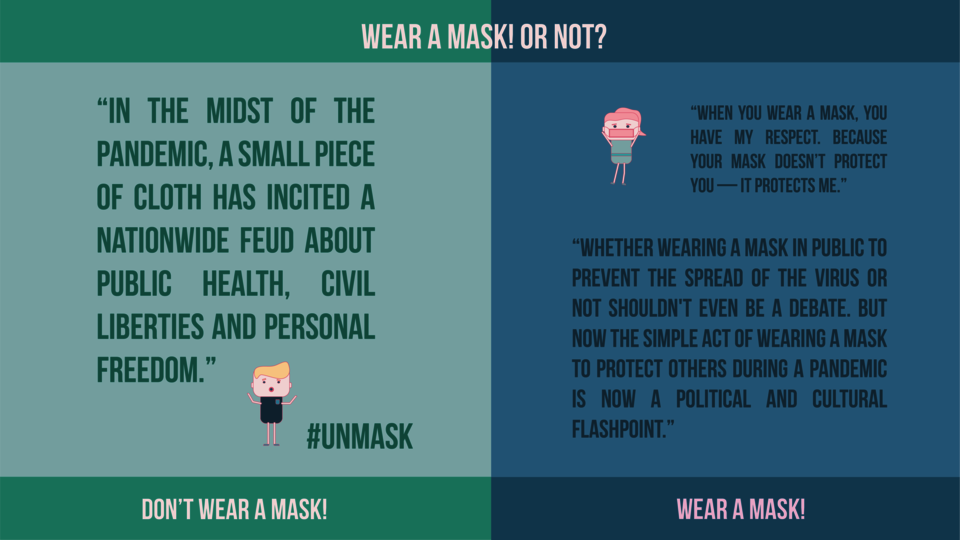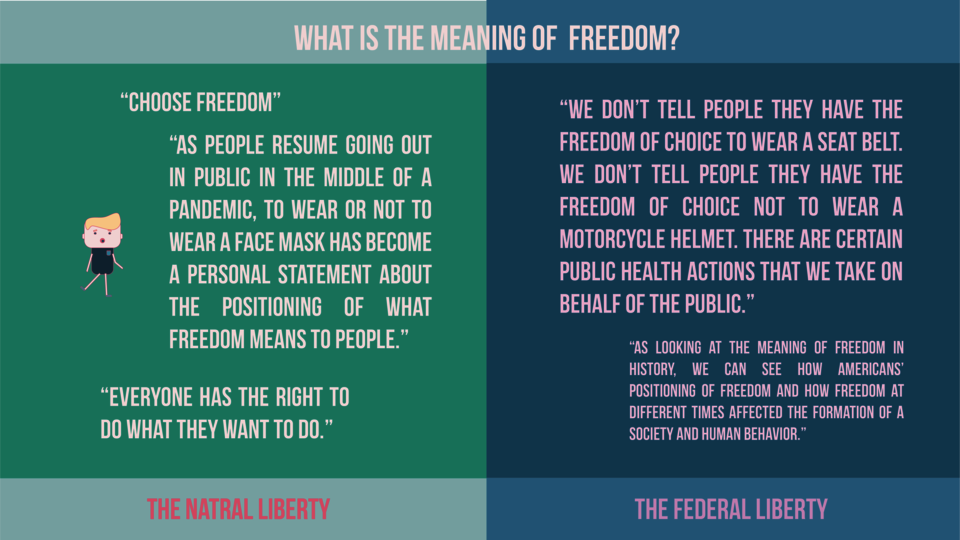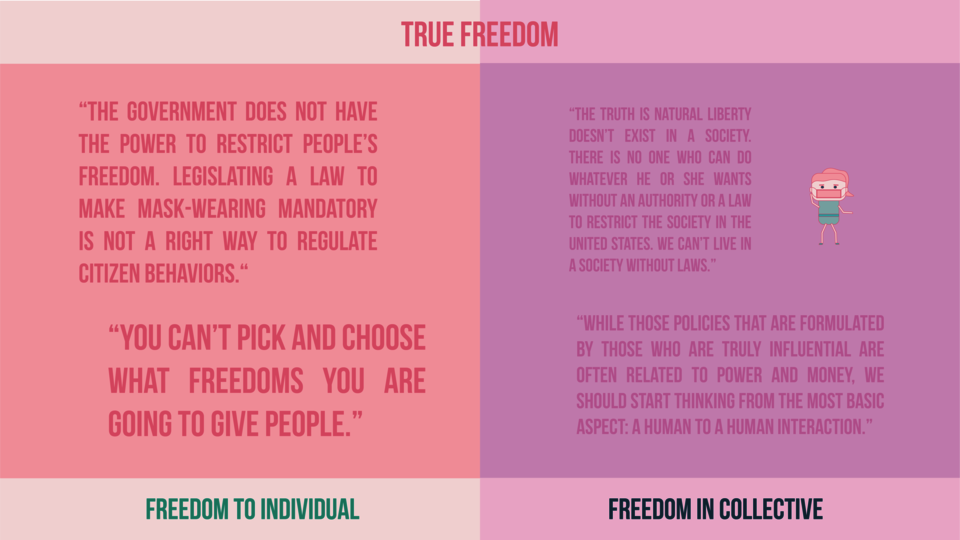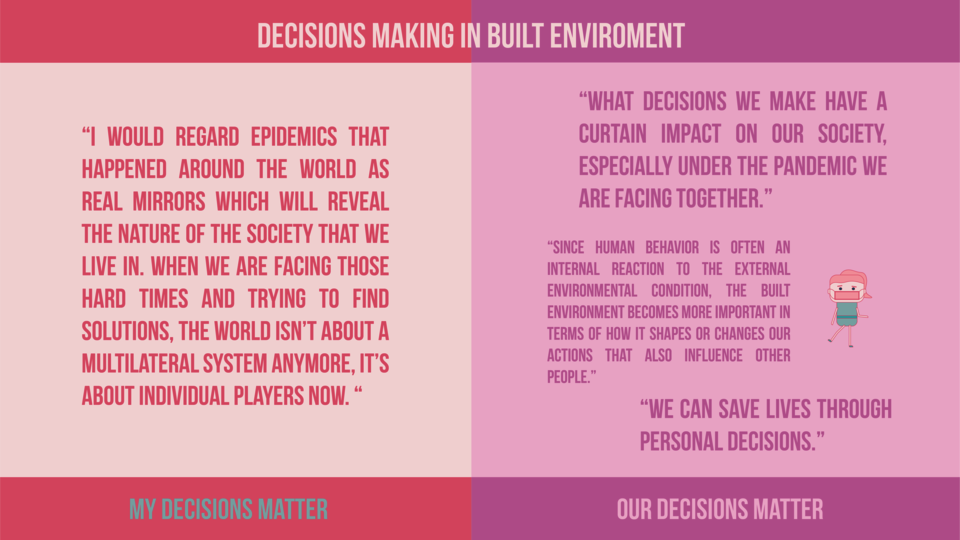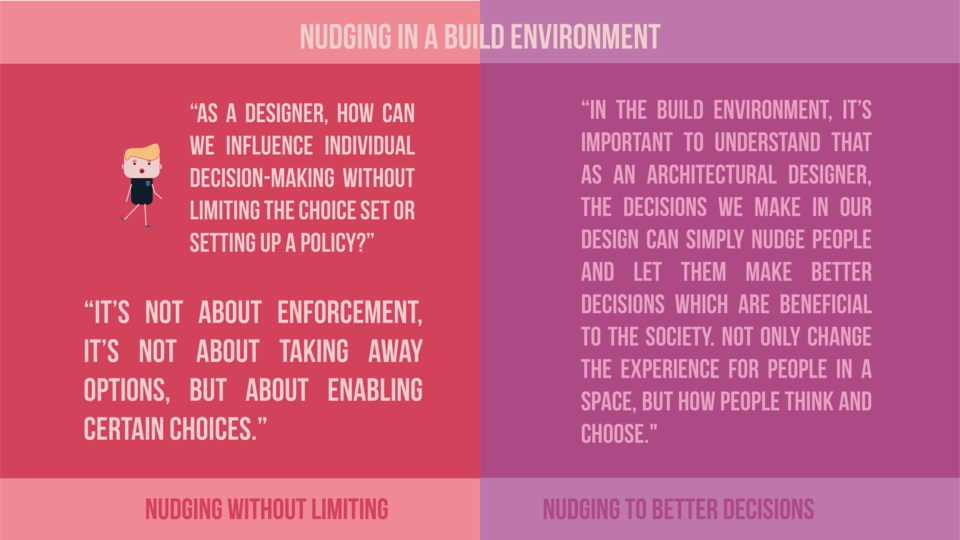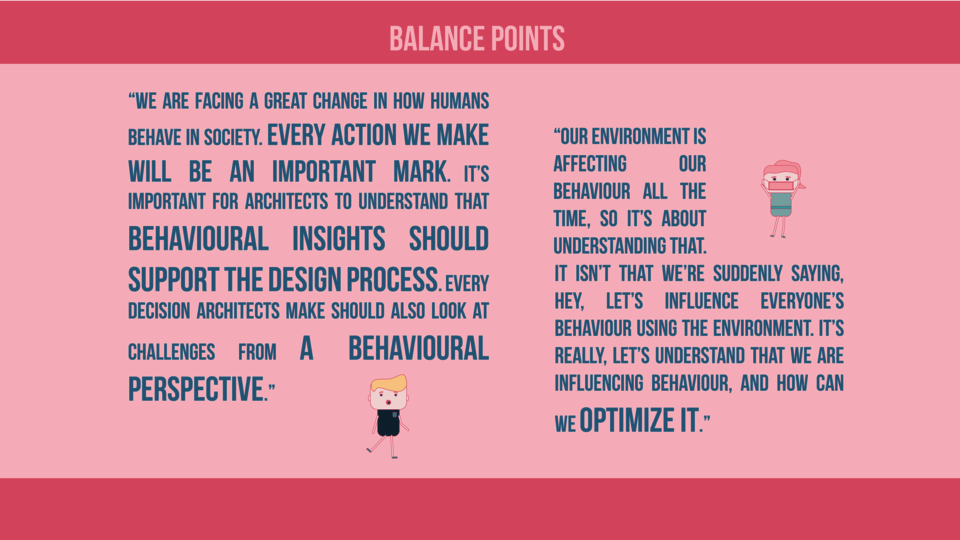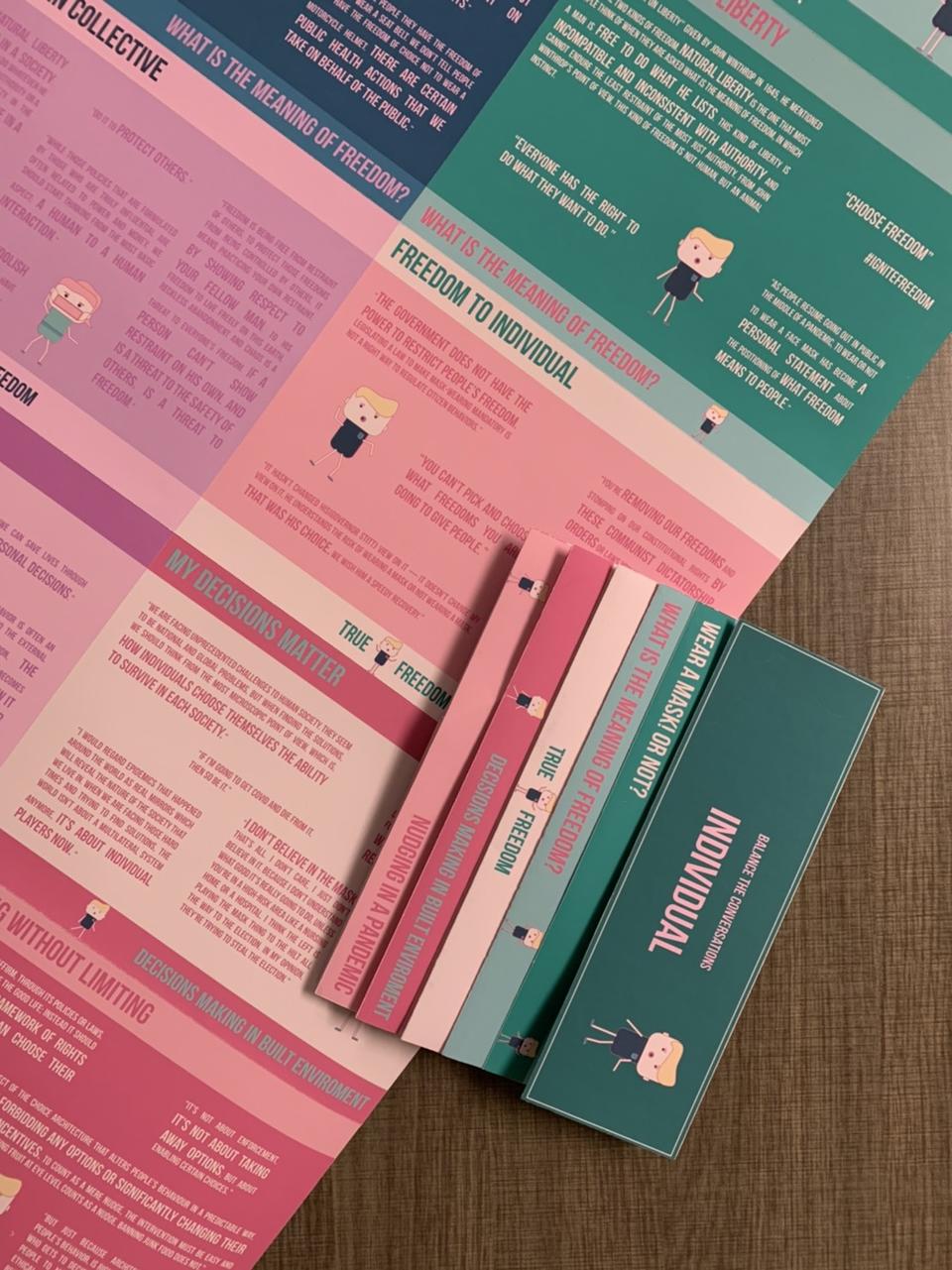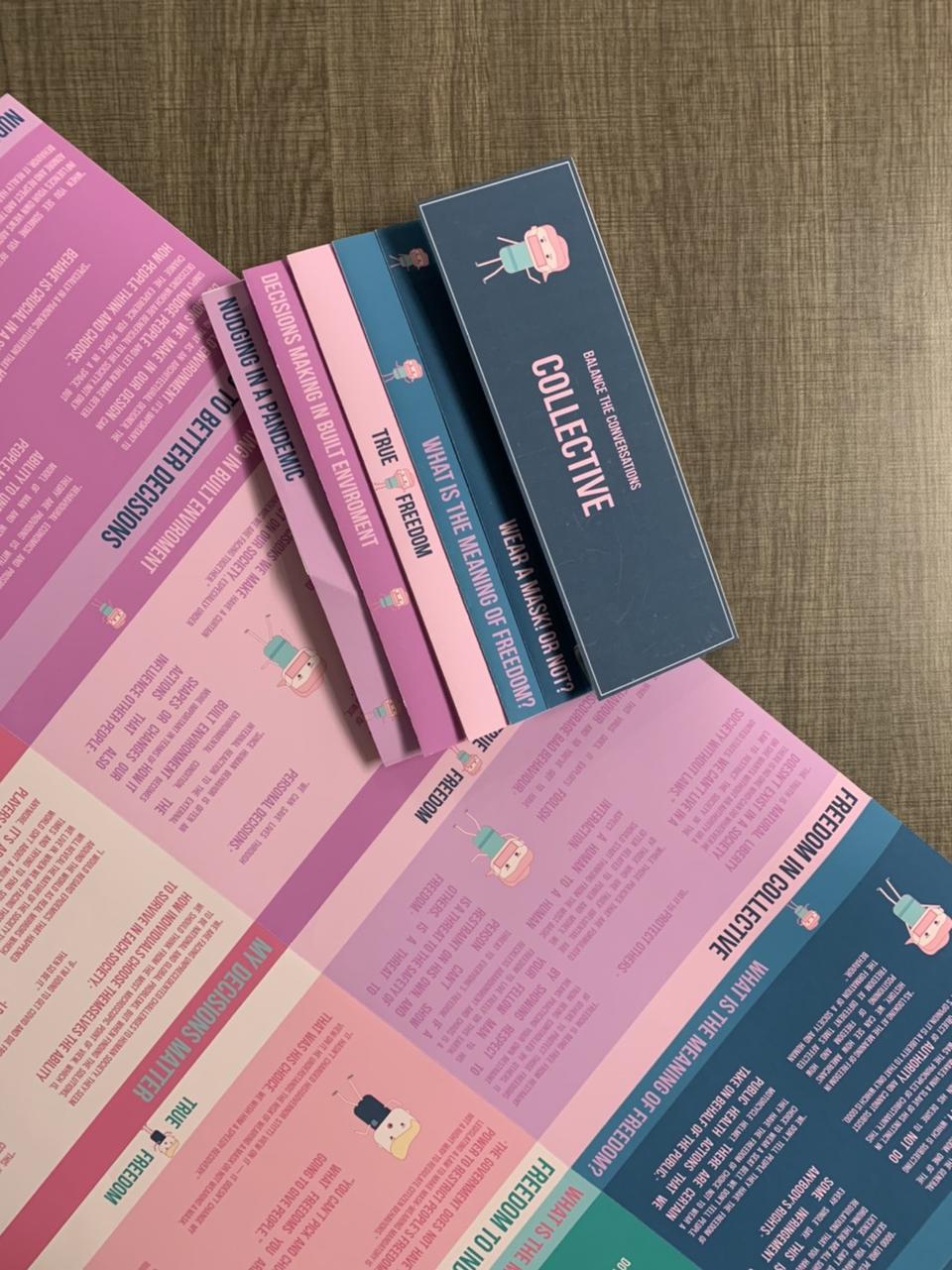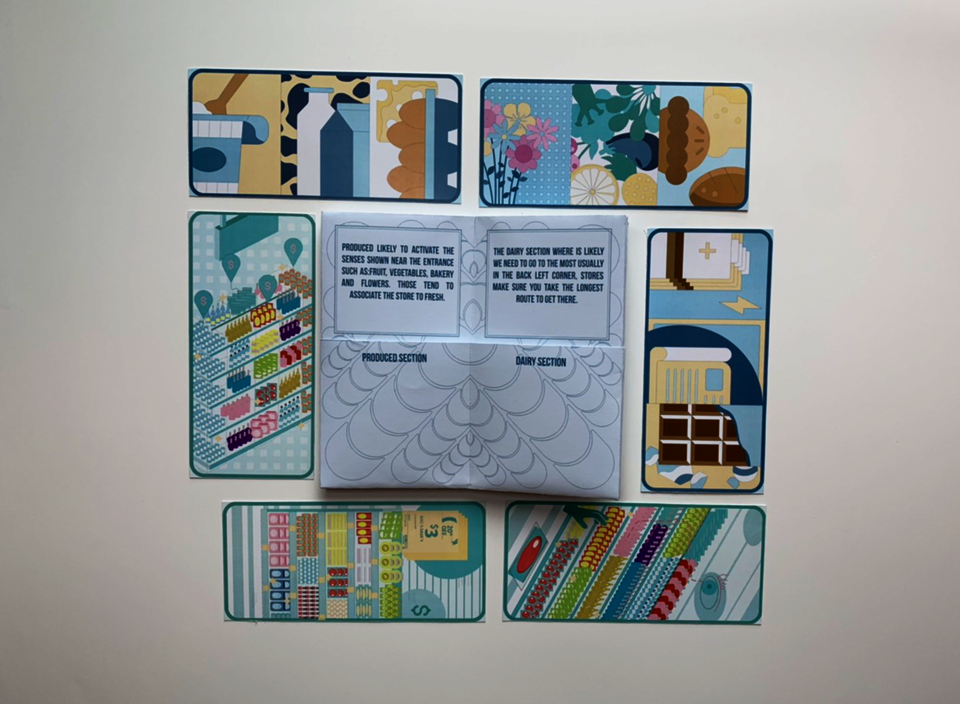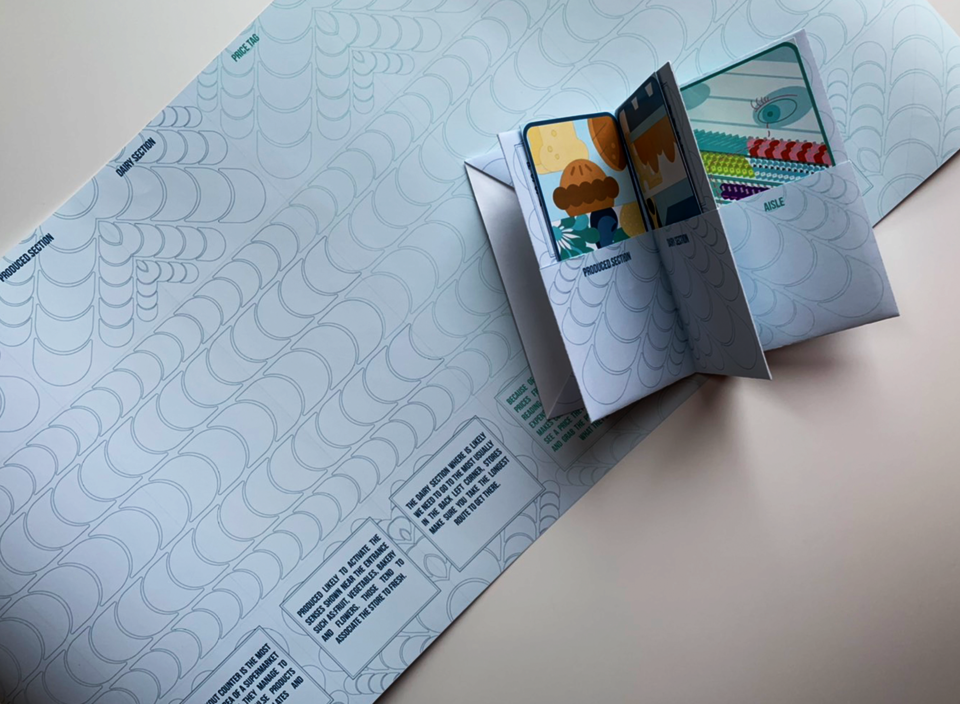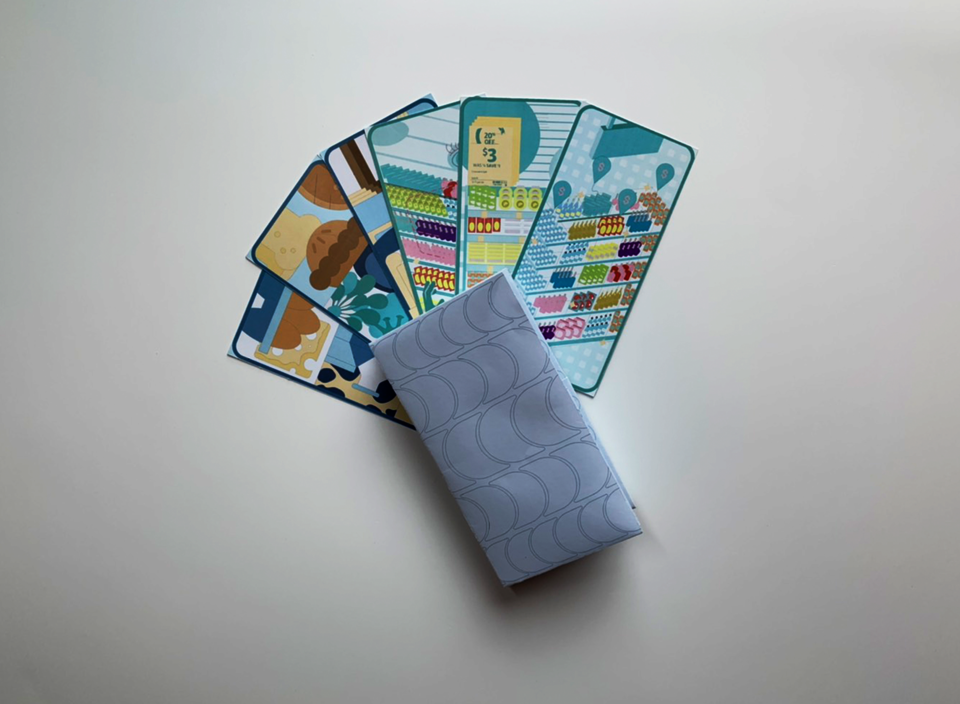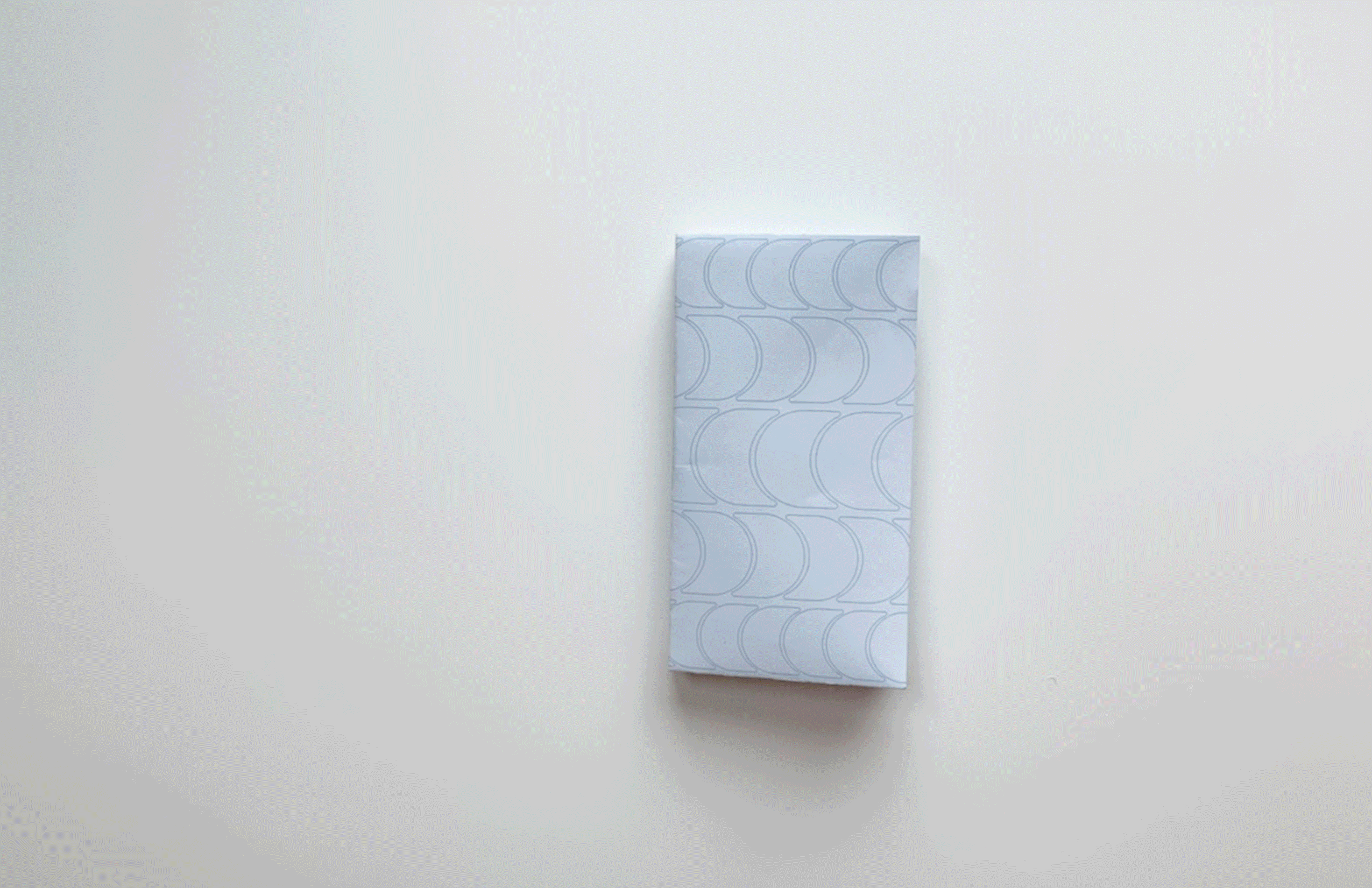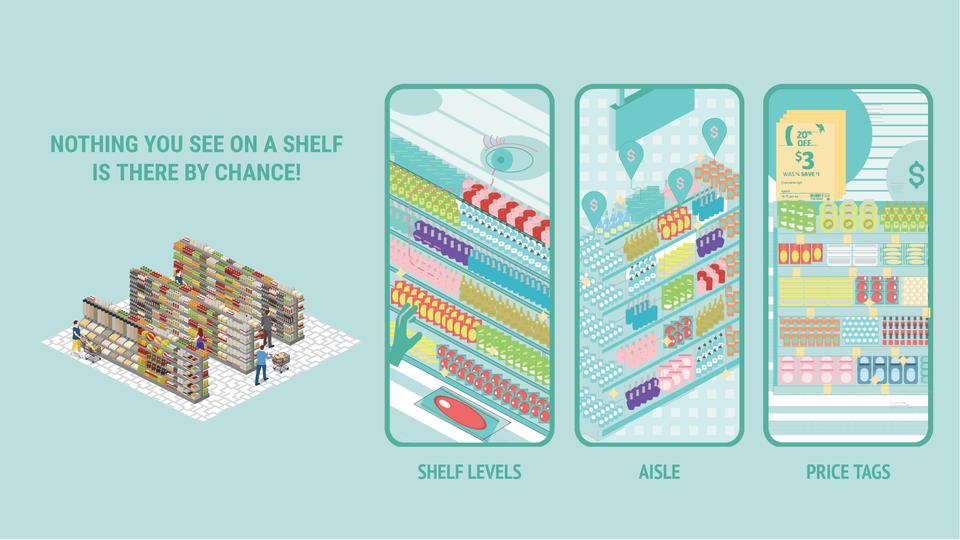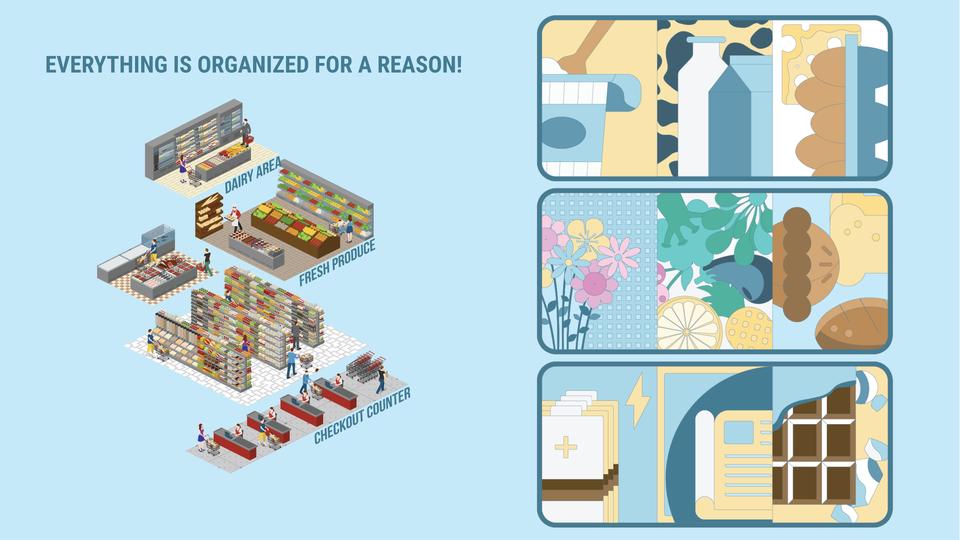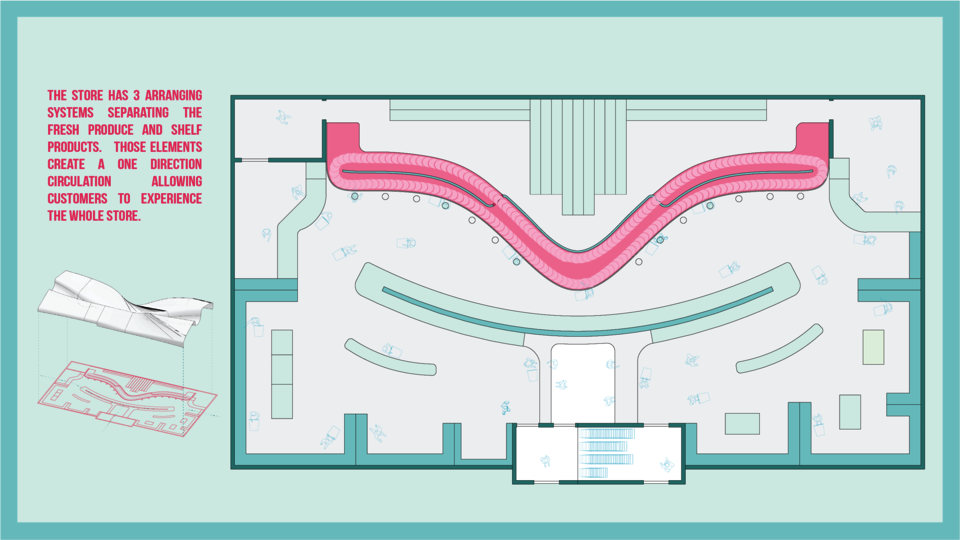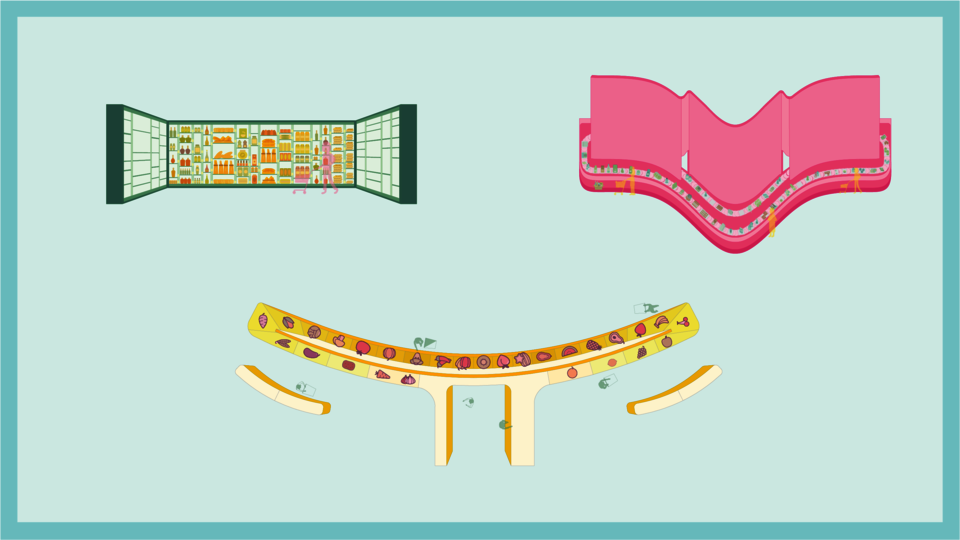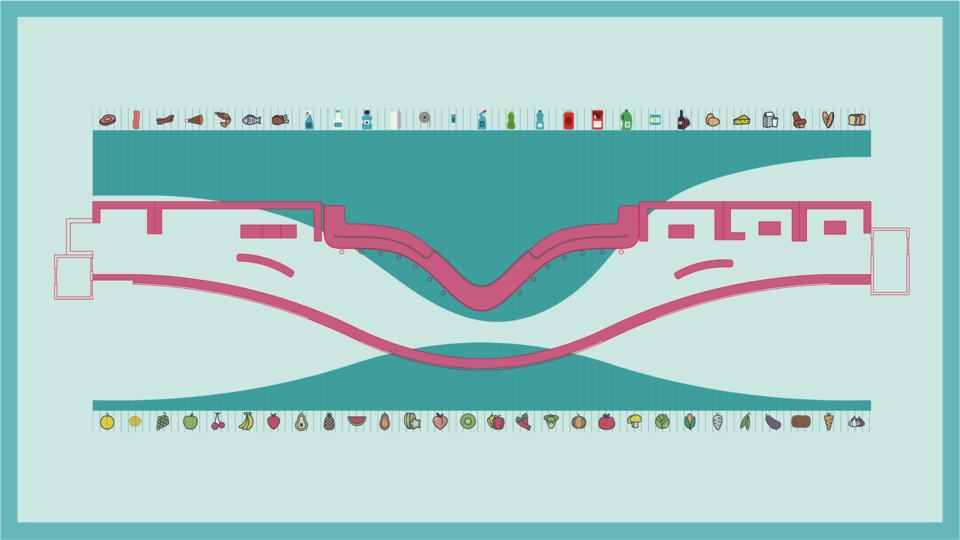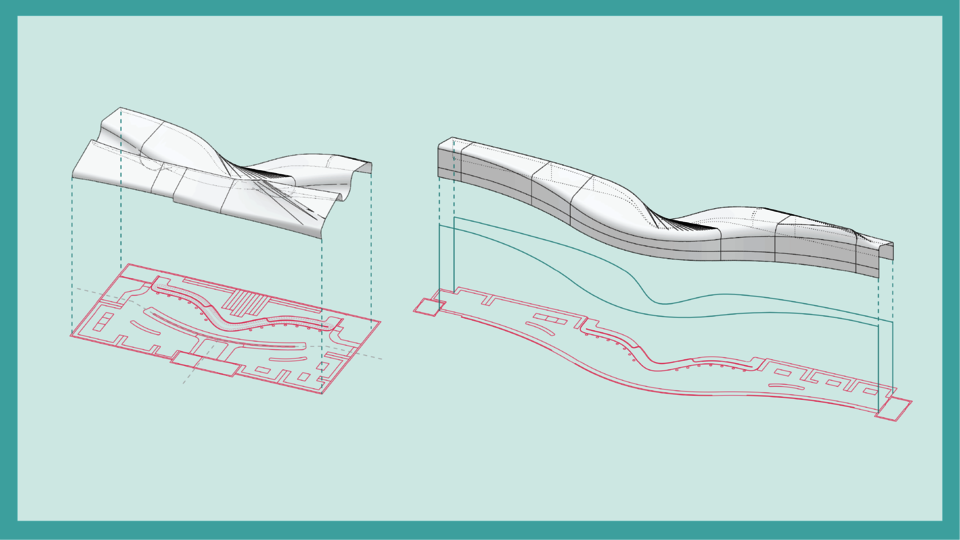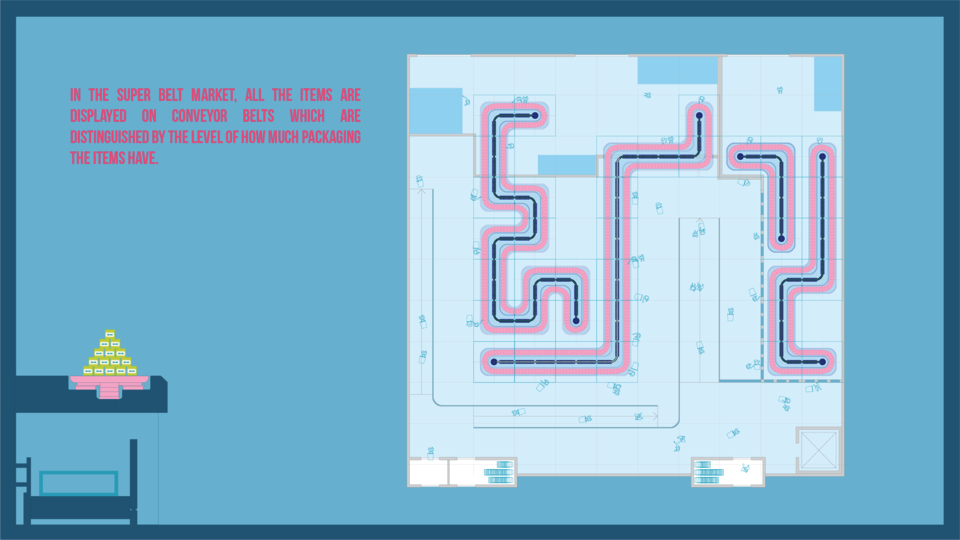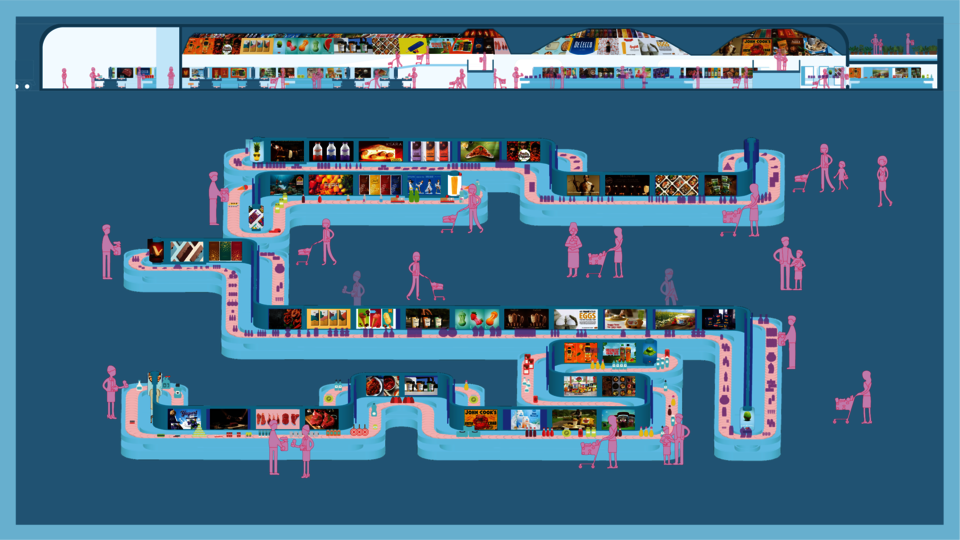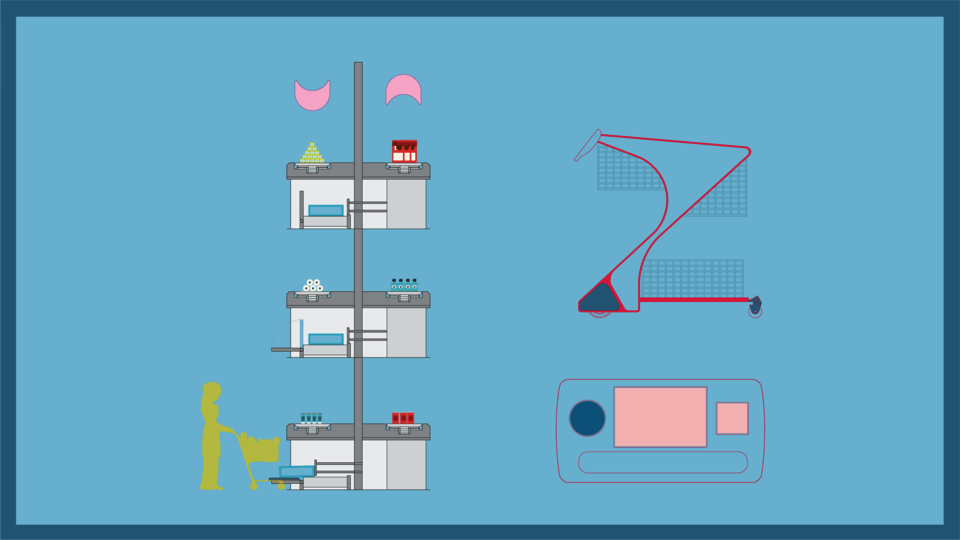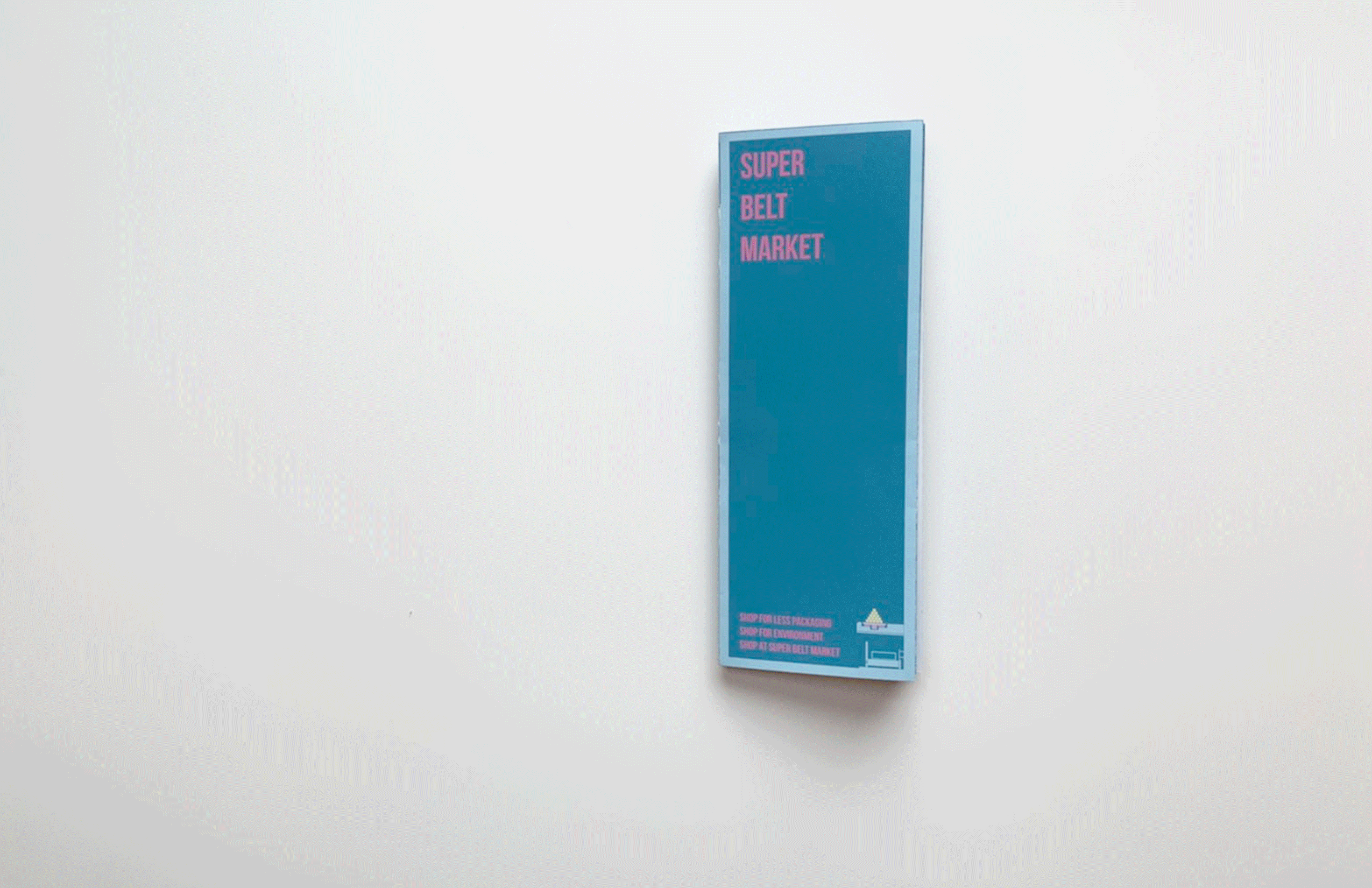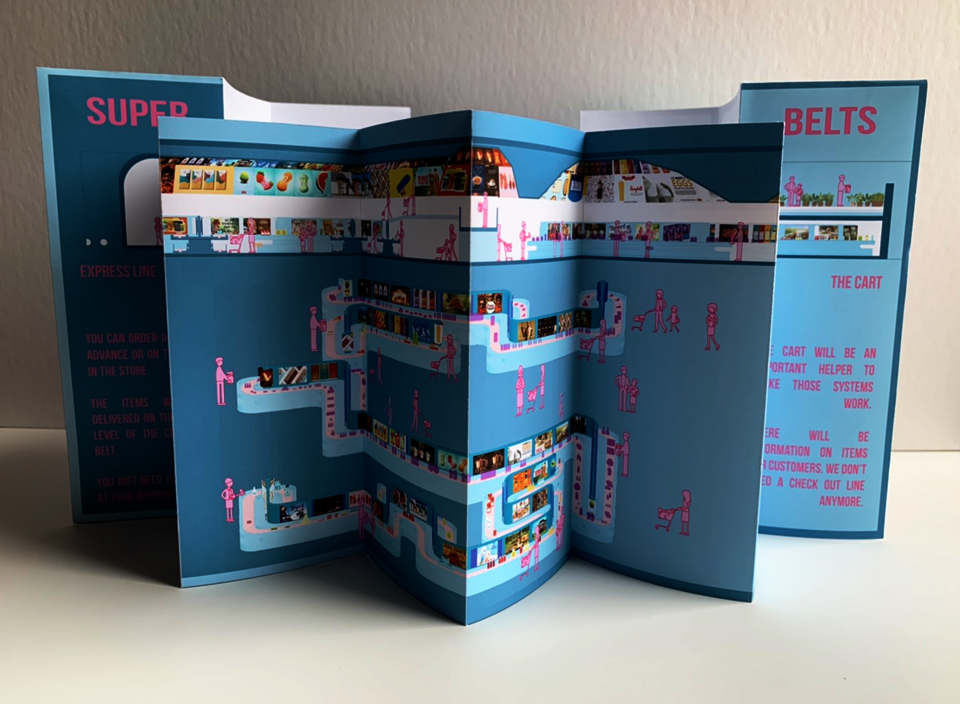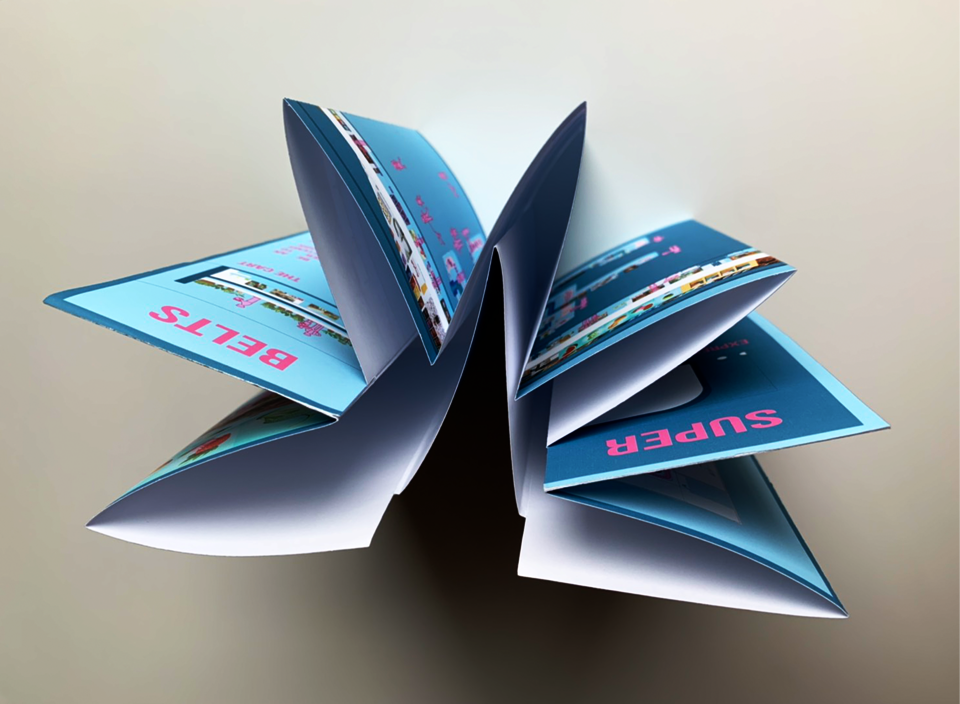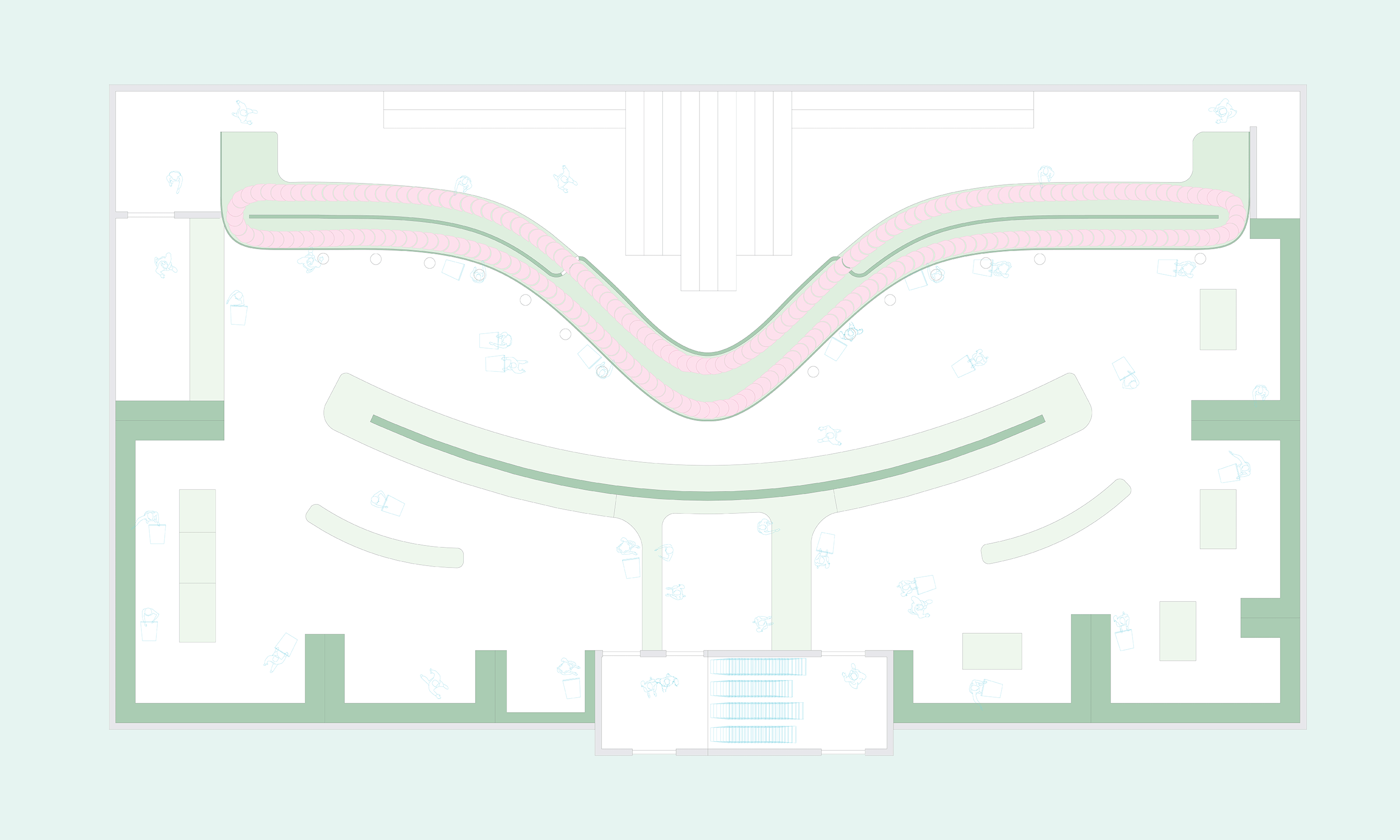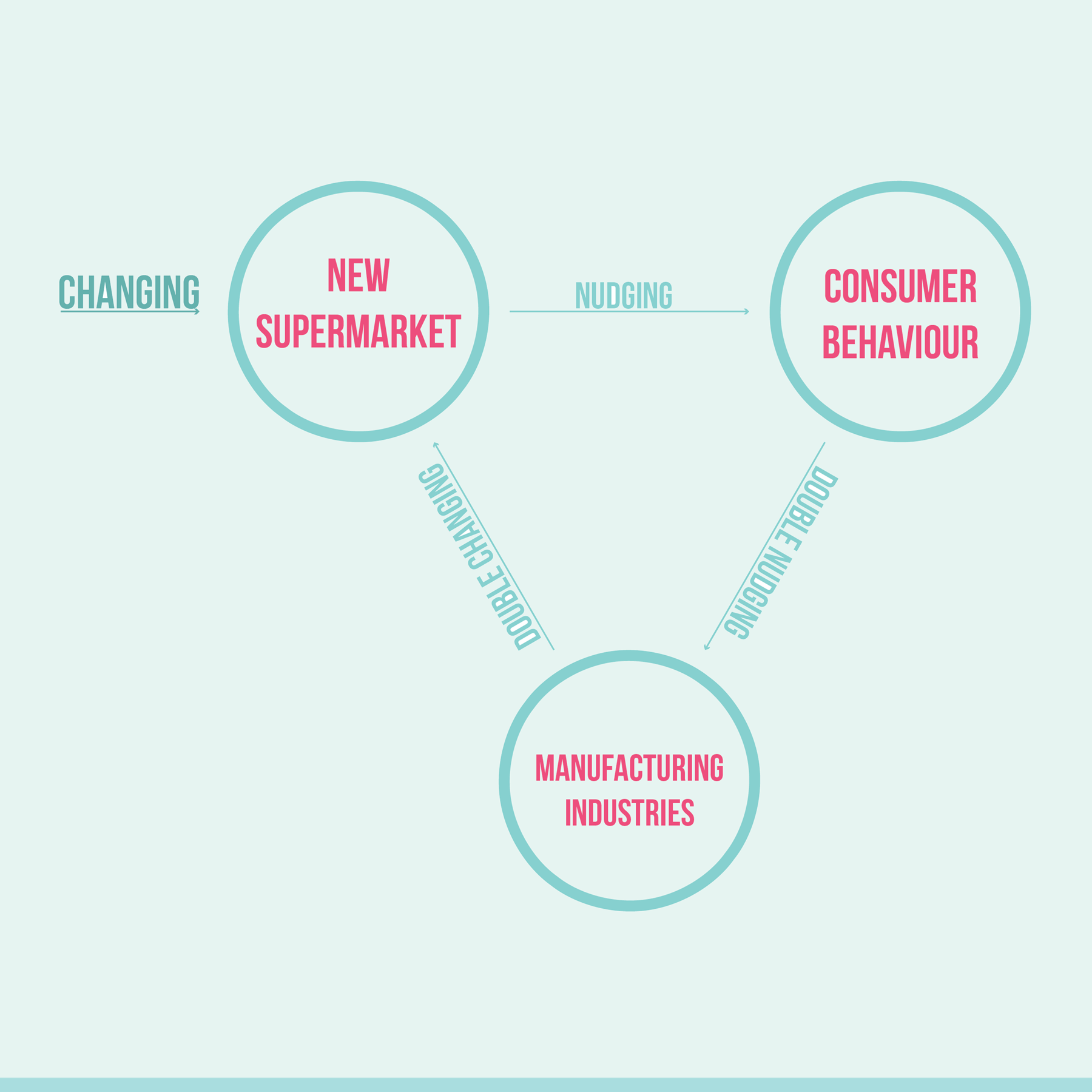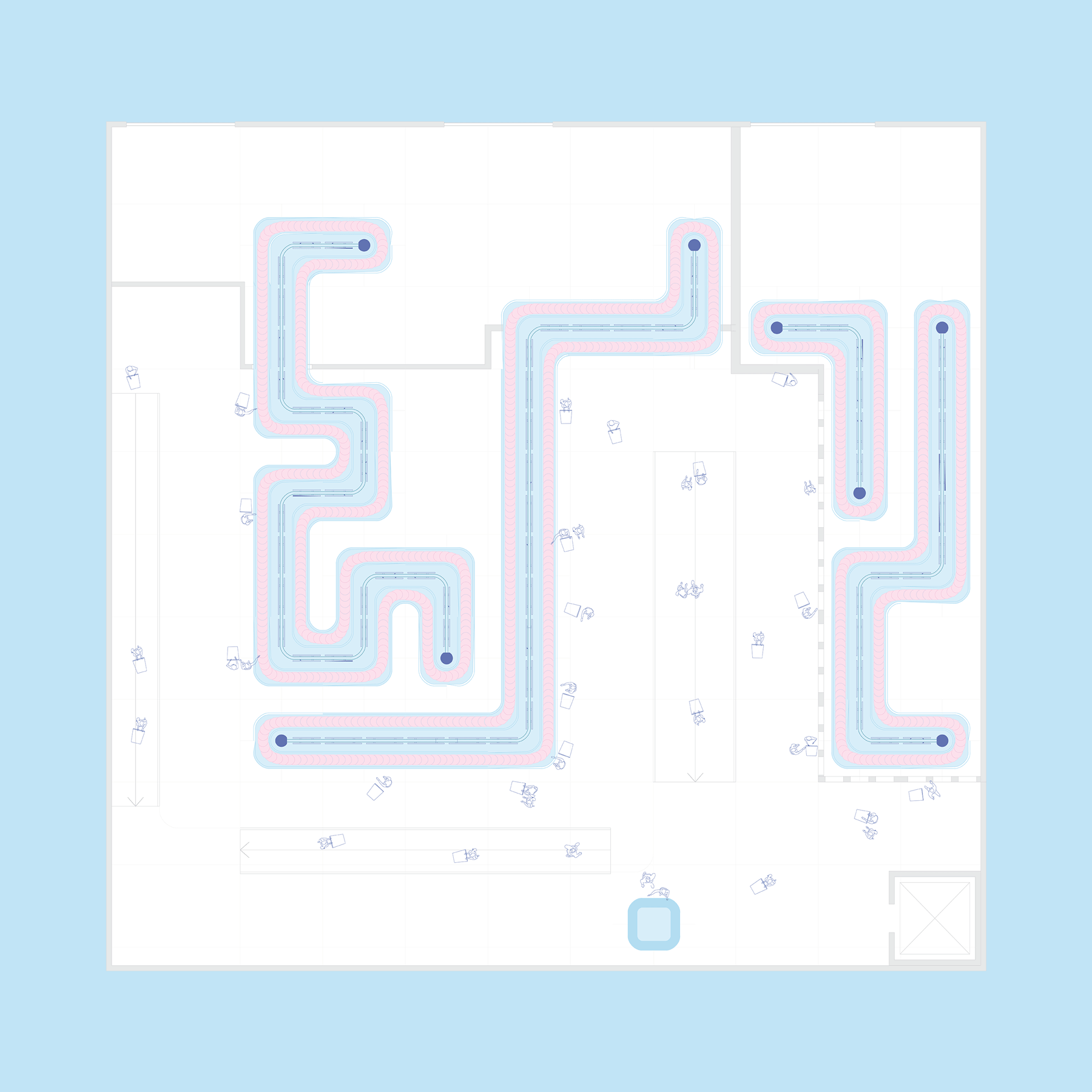Karen Kuo
Balance the conversations
IG: @karen_in_risd
This thesis aims to examine the role environmental factors play in people’s experience of the built environment, with a focus on the ongoing debate between individual freedom and collective responsibility of masks in the COVID-19 era. This thesis will argue that a middle ground that balances the relationship between individual and collective pursuits is necessary and can potentially be enabled through design. The project will articulate these ideas by using the debate around mask-wearing as a starting point to develop a broader manifesto forshaping the built environment.
During this ongoing global pandemic, we can’t deny that human behavior has been changed either voluntarily or involuntarily. Decisions we make every day play an important role to protect each other in society. How can we as architects find ways to encourage people, from politicians to the general public, make sensible choices not from a polarized position but in weighing perspectives of individual freedom and collective welfare.
The simple act of wearing a mask to protect others during a pandemic has become a political and cultural flashpoint. When the establishment of the mask-wearing policies and whether to follow those policies are no longer a consideration of social safety and welfare, but instead have become statements around individual freedom and political inclination
Reflecting on the concept of freedom as inherently defined by the power of choice, this project aims to reframe the importance of design decisions to rethink individual and collective values in any given society by bringing one of the behavioral economics concepts into a built environment, nudge theory. As a designer, how can we influence individual decision-making without limiting the choice set or setting up a policy?
Cues in our environment have always influenced our actions. The decisions we make as architects can offer a nudge of better decision-making or healthier behavior. We are not only capable of changing an experience through space, but we can influence how people think and what they choose. How can architecture change human behavior so as to can lead to balance points of the individual and collective pursuits in a society?
Image
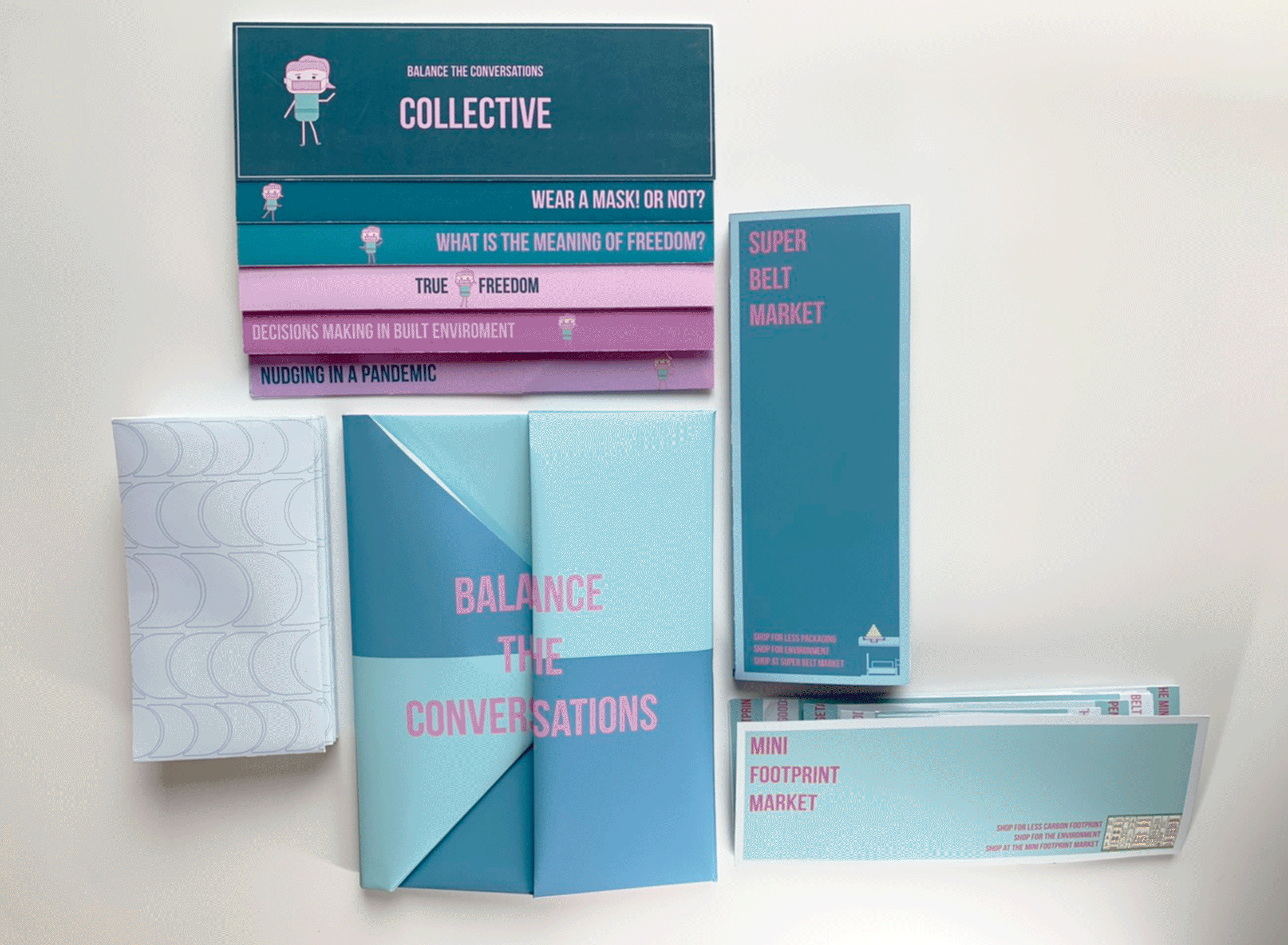
Most of the time we don’t even notice, but those decisions and actions are always influenced by our environment. Changing how drinks were arranged in the hospital cafeteria can drive the patients with better habits. Designers made stairs easier to find than lifts to influence people taking stairs more. In the build environment, the decisions we make in our design can simply nudge people and let them make a better decision. Not only change the experience for people in a space, but how people think and choose.
Looking at how nudges influence human decision making, supermarkets are a perfect example for nudges used in a space.
Think back to the last time you shopped in a supermarket, have you ever noticed that there are some items that were not on your list,like frozen fish, microwave pizza and a discounted toaster you didn’t even know you wanted, end up in your cart while you were checking out?
Apparently, supermarkets have been designed to manipulate you in ways you couldn’t even imagine. Every single feature of the shop has been put there to do one of three things: 1. Get you into the store 2. Keep you there as long as possible 3. Ensure you make decisions based on emotion rather than logic.
MINI FOOTPRINT MARKET
The mini footprint market addressed on the shelf system, and different production lines like fresh produce and manufactured industries. How a product is placed on a shelf system is crucially affecting the sale of the product.
The mini footprint market which tends to break the original shelf system in the store potentially separates the fresh produce and shelf products. Now the products are rearranged into a storage space, and delivered to customers through a converyor belt system. That leaves more space for fresh produce in the store. No matter where you go in the store, they always have fresh produce around you. All the shelf products being displayed on the belt system will order by their carbon footprint. Now the packaging becomes less important when customers consider buying an item.
Image
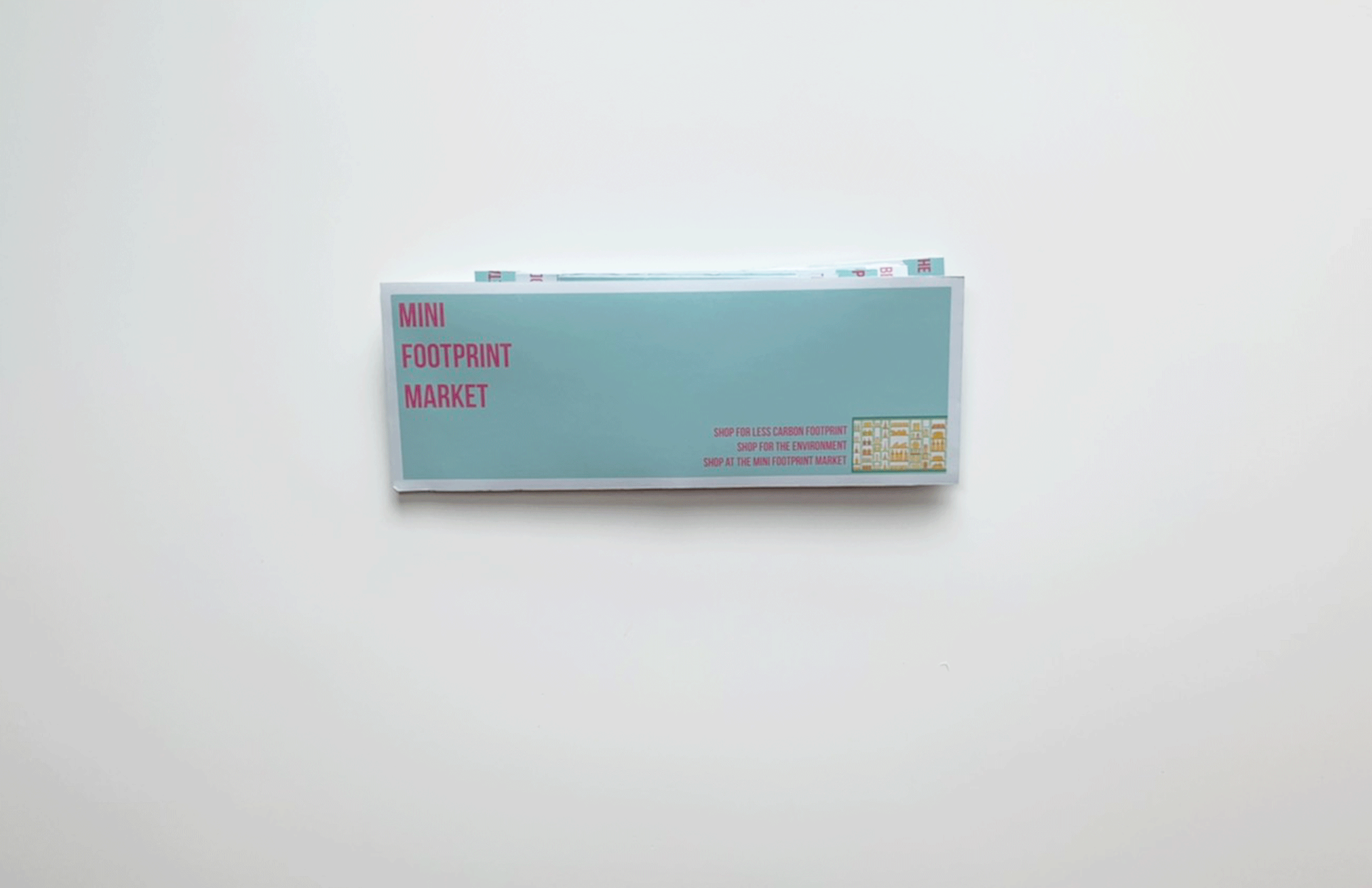
Image
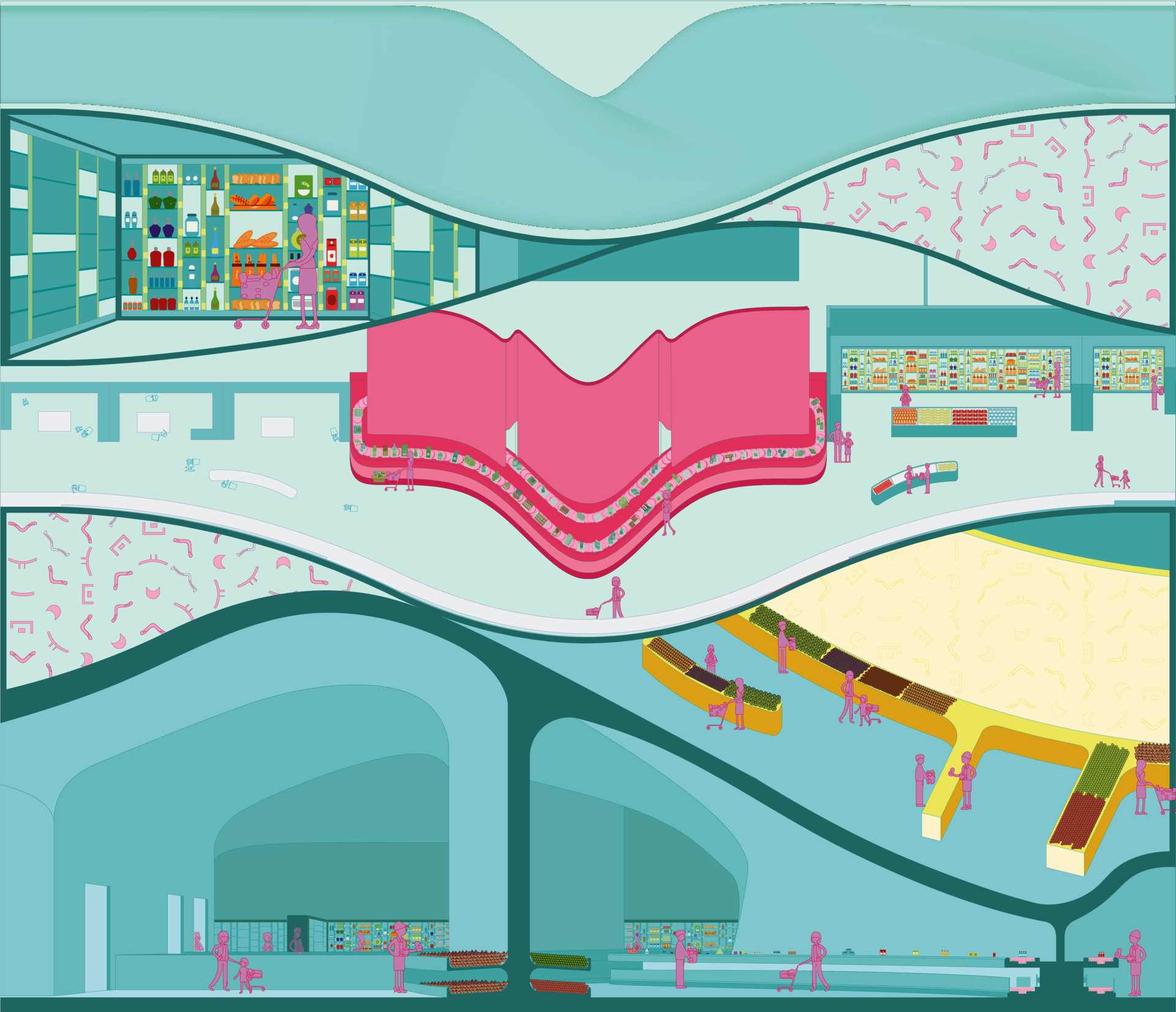
SUPER BELT MARKET
The super belt market has only a conveyor belt system. The whole store becomes one single area, not only spatially, but how people experience it. There are no distributions, all the foods and products become just items on the dynamic display mode.
If a customer chooses the items that have sustainable packaging, he or she only brings back the item itself and the minimum packaging to protect the item. The main packaging which has those fancy colors and thick material will be transformed to screen ads in the store, which become a direction for customers to find the item, not for customers to bring home and create more waste. And of course, without the packaging, the price will be lower!
Image
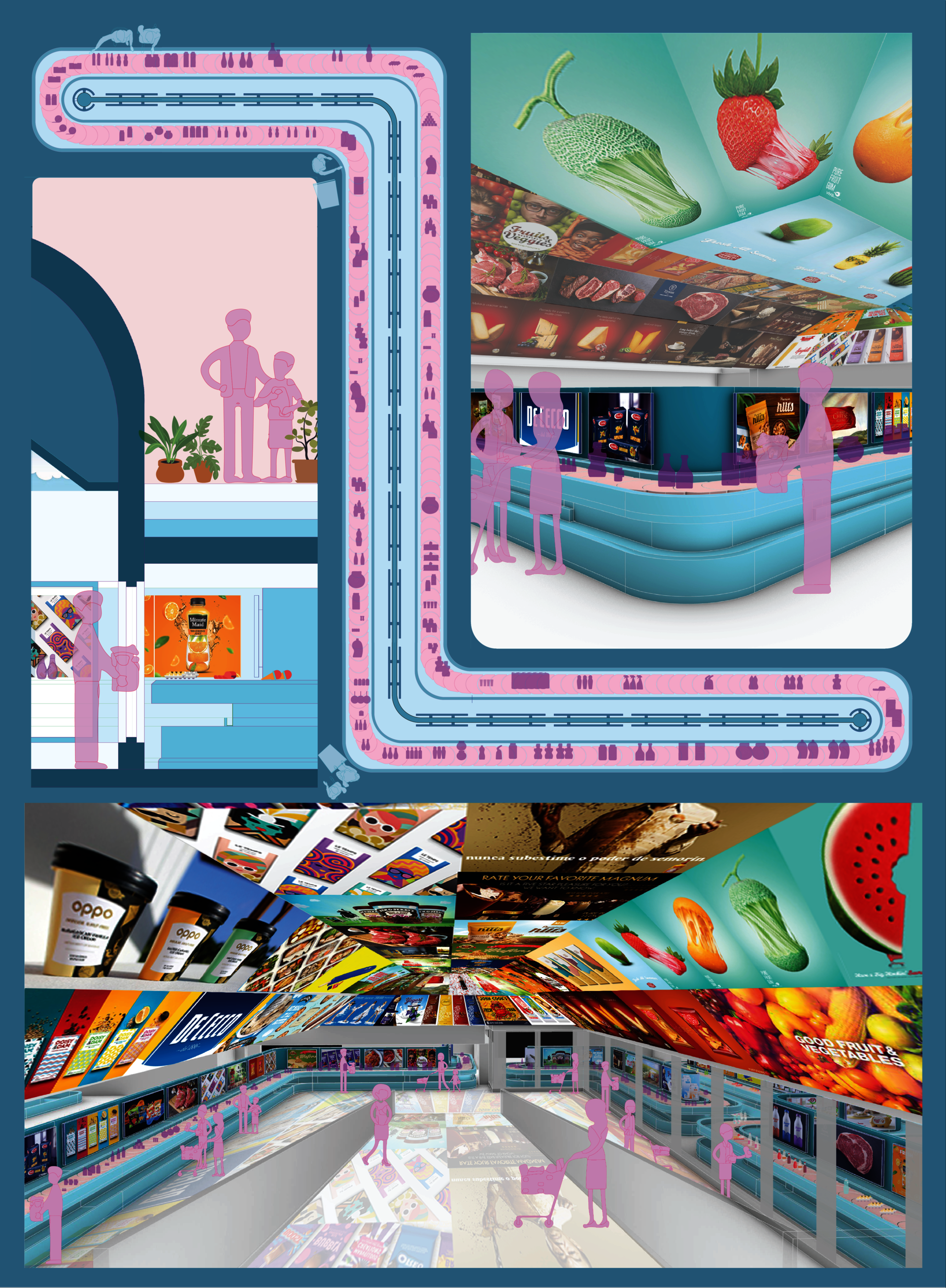
double nudges
how supermarkets present the items not only nudge customer behaviour but also double nudge the products industries to adapt a new consumer behavior. The manufacturer and packaging industries want a higher chance of their product to be bought by the customer, they have to reduce the carbon footprint or maybe change the packaging system.
More and more products become more sustainable and environmentally friendly, that will again nudge the supermarket to change the layout. This virtuous cycle in each supermarket will happen at their own pace, and that can show as an experience of the consumer behaviour in each supermarket, how are the items shopped by different groups of people in different areas.

